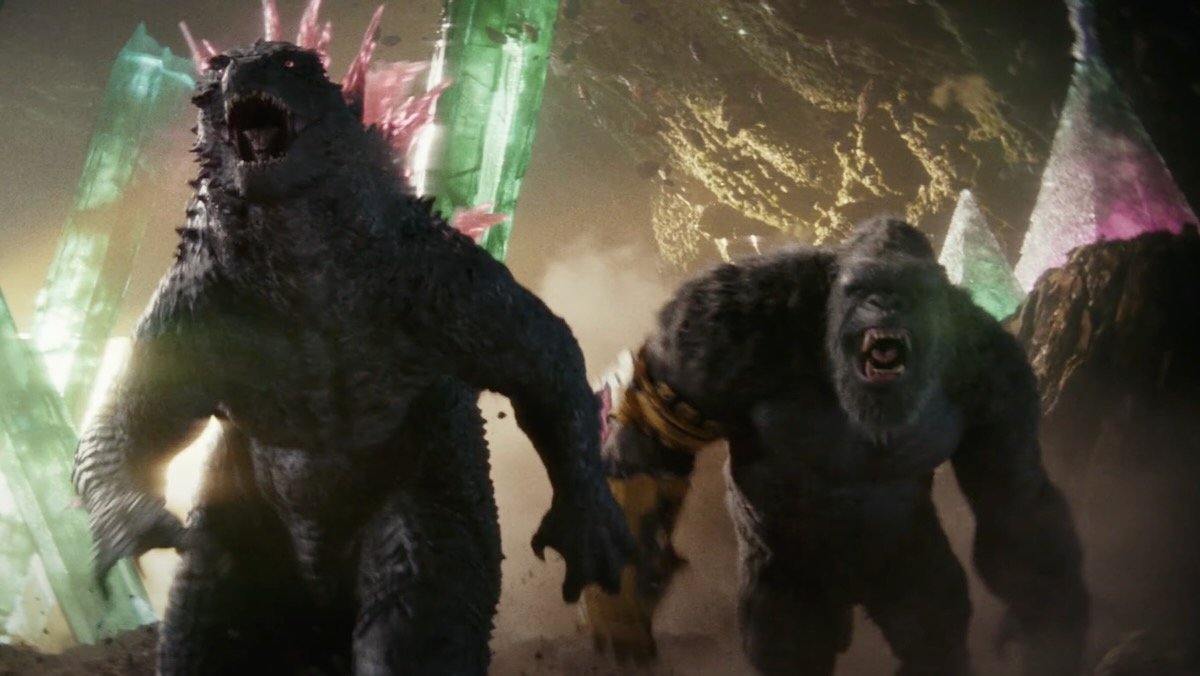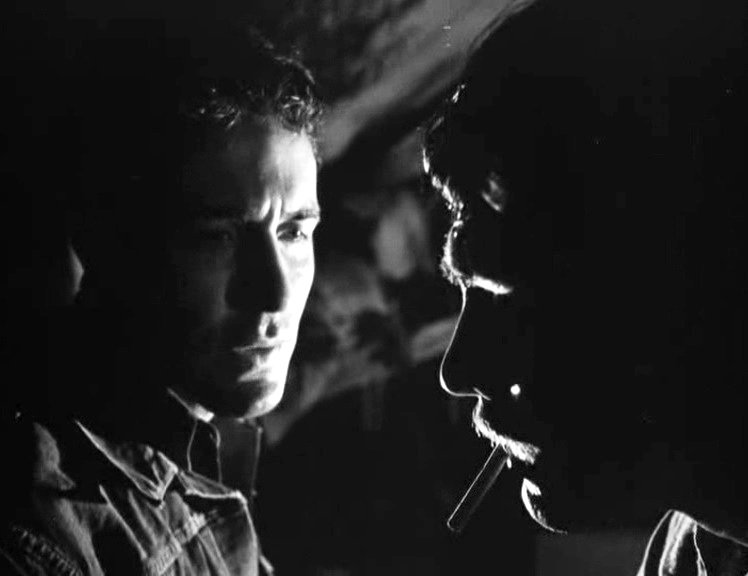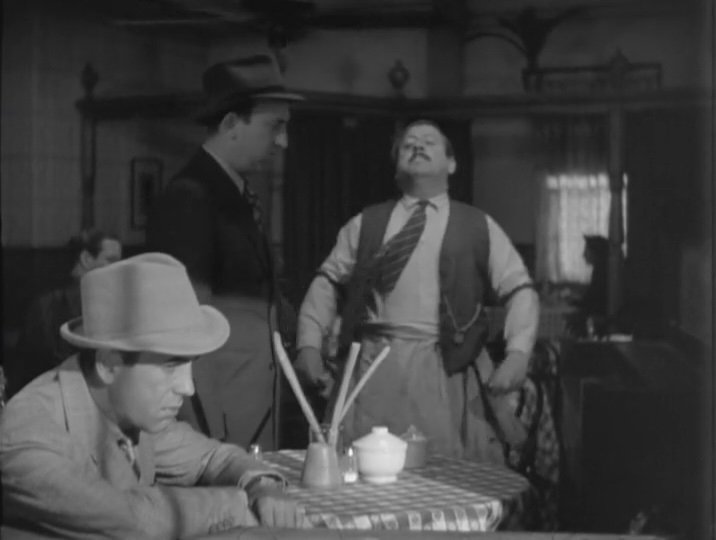Adam Tooze, the seemingly omniscient Columbia historian with the newsletter (Chartbook) and the podcast (Ones and Tooze) and the book every (other?) year and the impossible travel schedule, has begun teasing an impending project on the shifting nature of hegemony in the 21st century. At the risk of sending you off to read something so engrossing you don’t come back, I think you should go read this Chartbook entry. And as you read, ask: what would happen if we took seriously the question of the relation between Hollywood and the protean US hegemony that Tooze is tracking? As an incentive to return, I will suggest that I have the beginnings of an answer.
It might seem exceedingly parochial to claim that the conceptual architecture of a hegemony of project power is missing the things media scholars might attend to. That way lies the madness of “Whoever controls molybdenum controls the world!”
But, in fact, the uneven transformation of the Hollywood system from its classical versions to today offers specific insight into a history in which project-power might prove decisive to an understanding of global sway. The pattern is commonly described as the shift from a single, Supervising Producer (e.g., Irving Thalberg, perhaps Thomas Ince) to a Producer-Unit system (e.g., Val Lewton’s horror movies, Arthur Freed’s musicals, or Ross Hunter’s melodramas) to a modern Package-Unit system in which each movie is justified on the basis of belief in it as a project. There were projects at the outset—D.W. Griffith’s Intolerance—and at the peak—David O. Selznick’s Gone with the Wind—and there are quasi-reversions to pre-project production today—Kevin Feige’s MCU, Blumhouse, etc. But the package-unit system dominated motion picture output for generations, and with significant historical and labor differences it also dominates television.
Note that the transformations in Hollywood did not correlate in any simple way with changes in its hegemonic sway. To agree with Tooze, you can build a hegemony out of package-units (or projects). There are, to be sure, aspects of inter-state governance where the US’s hegemony within the global legal architecture bolsters Hollywood’s preeminence via lopsided trade relations and where the steep discount afforded by the dollar’s status as the global reserve currency affects production, distribution, and exhibition costs and forecasting. Under the neoliberal consensus of the Great Moderation in which the world’s production centers demanded zones of negative taxation to subsidize their power and sold that demand as a strategy through which semiperipheral centers might attract top-tier productions and (ideally) become sticky enough to support significant creative labor forces. That process might have allowed well-capitalized competitors to threaten Hollywood’s dominance, but, as we have seen, the overwhelming result has been the perpetuation of the oligopoly, with a couple new players.
I don’t want to say “political economy aside,” but political economy aside, another zone that shores up that hegemony is the concentration and collocation of what Saskia Sassen calls “producer services” in the relevant world city: entertainment law (as Peter Labuza has detailed), agencies, accountants, financiers; specialty vendors for VFX, marketing, merchandizing; parainstitutions like trade presses, archives, schools, etc. Michael Storper and Susan Christopherson made a version of this argument beginning in the 1980s, in which the disarticulation of the classical studio resulted in the proliferation of the demand for producer skills (project power–capacities, we might say) among a much wider range of industrial participants.
But so what? Why would it matter to US hegemony? Producing movies and tv shows is not among the decisive state or quasi-state actions that Tooze regards as classic instances of project-power (large construction projects, wars, revolutionary politics, economic development, international alliances). Wouldn’t media simply backpack on those more decisive forces—doesn’t it ride the international regulatory and financial regimes as a significant but non-decisive industry? How can it be anything more than an instance of or instrument of hegemony?
There is a jump in Tooze’s #7 I want to highlight that might help sort this out:
The history of capitalist accumulation is a history of projects. That is what the skyscrapers of a megacity so vividly testify.
The history of state power and hegemony is a history of project-power.
How do you get from the first to the second? Or why? What is this gap? Having a skyscraper or a megacity does not make you a hegemon. I would lean on Lee Grieveson’s Cinema and the Wealth of Nations to draw the strongest links between the grander US imperial-hegemonic project and its cultivation of a the modern mediasphere, but a pithier way to conceptualize this might be to note, as David Bordwell did in 2019, that the foundation of United Artists, Paramount’s drive toward vertical integration, and the nationalization of the film industry in the Soviet Union were coincident; 1919 was “Hollywood’s Boom Year.” United Artists was a studio-as-project, ahead of its time, and would really only became a dominant force after World War II, when its financing model shifted and Paramount’s monopolistic drive was decisively reined in. Nationalization was the statist guardrail; antitrust was the market guardrail; between them flowed UA.
The space between instances and systems is itself provisionally filled by, fitfully emblematized by projects that strike oneas emblematic. Tooze notices skyscrapers, not, say, Barcelonan superblocks or Robin Hood Gardens. Following Foucault, he contends that there should be a unique form of power/knowledge that accompanies project-power in the way that other knowledges accompanied (Marxian) production and (Foucauldian) discipline. He first calls this form “historical knowledge,” which seems insufficiently specified (i.e., actually parochial) given the shifts within history that Foucault delineates, but Tooze goes on to highlight the centrality of experiment, associates that with Latour’s account of the unidirectional development of technoscience, and uses that unidirectionality to unlock hegemony from the Arrighi/Wallerstein precession that would make the PRC’s dominance inevitable. (I have already fallen behind Tooze’s output, but he makes that link explicit in later installments.)
But Tooze’s moment of being struck by the coherence of the instance (skyscraper) and the system (hegemony) should lead us toward a slightly different sort of recognition. Figuring out hegemony is not the result of an experiment. The recognition of the contours of contemporary hegemony does not emerge from its characteristic mode of power/knowledge. Rather, hegemony, at least from its relatively unique instantiation in the US in the 20th century, has demanded a thought that would itself work through the scales and domains. It is difficult to imagine such a thought existing outside Hollywood at its outset. (This is, and is not, what Tooze calls a “meta-project.”)
The distinction and integration we might mark across any scale or domain is, in Tooze’s usage, an intellectual matter, but broad, even popular enlistment in that project took place in Hollywood. What I and many others have been calling allegory in our readings of various media objects and institutions are, in this sense, level jumps, mode skips, places where the work (the project; the package-unit) manifests and understands at least some of the multifarious ways operations across scales are subsumed (or not), are integrated (or not), are productive, disciplinary, projective, inciting, enticing, dismaying—or not. The research into those works may be historical—or narrative—but the opening to those stories is driven by the slippery convergence of the aesthetic, the material, the logical and the psychological of allegory, what the logic of science tries to mess around with under the heading of abduction, what Harold Garfinkel called “the work of a discovering science.”
If the hegemony of the US or its likely PRC successor depends on “project-power,” until very recently—and perhaps even still—that power only agglomerates the diversity of contemporary sociopolitical life, only gathers metonymic force, only achieves the necessary anagnorisis when it is channeled through a dominant, coordinating mediaform. The slogan here might simply be: no hegemony without media hegemony, and no media hegemony without allegory. That sounds overwrought, molybdous. But Ronald Reagan, the SAG head who sold out his union so his talent agency could pursue a mode of consolidation that violated antitrust, was elected and reelected; and reality gameshow host and failed skyscraper developer Donald Trump is leading in the race for President (again).
It may be that in the 21st century global hegemony is being disarticulating from such a coordinating mediaform. If that is the case, it requires explanation, a relocalization of the site of scalar intellection. And if it is not the case, if the centrality of media to hegemony persists, it requires intense redescription because the previous candidates—classical Hollywood cinema; television I and II; and the social-streaming hybrid since 2007—have found themselves re-marked and re-absorbed into algorithmic outputs and training set inputs.
If I were going to reassemble an account of coordination that would function in the shatterlands after 2008, I would turn first (again) to Robin James’s forthcoming Good Vibes Only (teased and prototyped at itsherfactory.substack.com) and Anna Kornbluh’s Immediacy. They stage crucial questions of timing, arrhythm, spatialization, propagation, and reception. The answers to those questions compose and torque shared conceptions of power, conceptions worked through not simply in substacks or books or classrooms, but told-through in works like the unfolding adaptation of Dune. Ambivalences course through that story, desperate to find a way to the realization of the (counter-)hegemonic project of “desert power.” In our world of iPhones and FYPs, the ambivalence emerges as the unsettling coherence between the gone-native resistance choreography of the sandwalk and the omnipresence of TikTok dances. Dancers and algorithms, states and models, all of us and all of them set up to “watch and learn.”









































